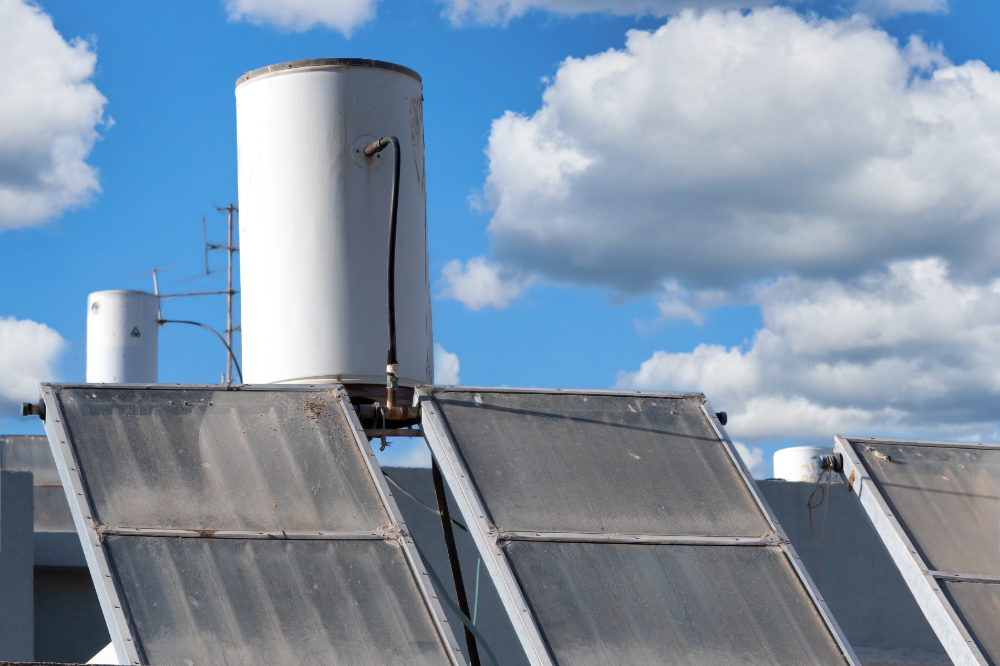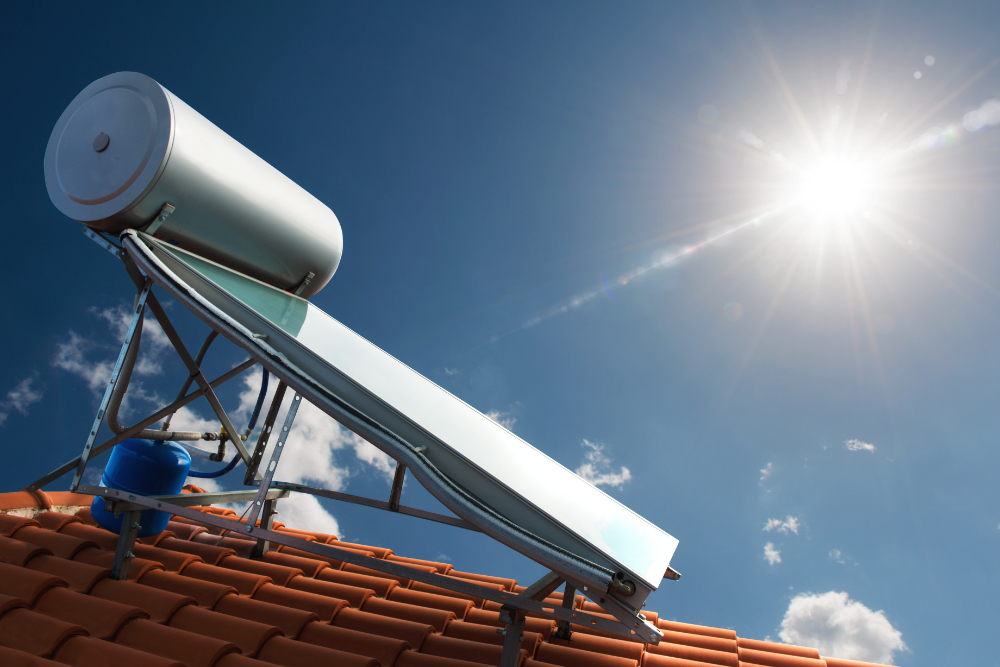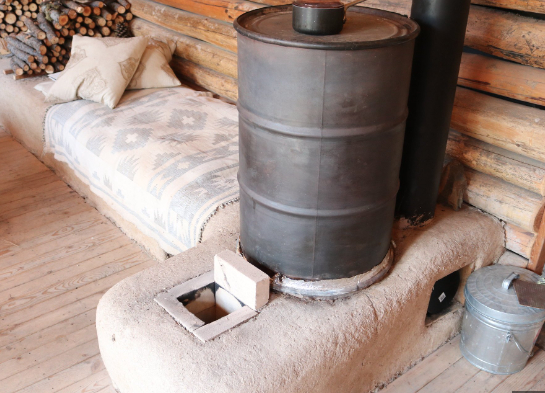As the world seeks sustainable energy solutions, solar water heaters have emerged as a practical and eco-friendly way to meet household hot water needs. By harnessing the power of the sun, these systems not only reduce energy bills but also decrease the carbon footprint associated with water heating. In this article, we’ll explore the benefits, types, and considerations of solar water heaters for bathing and various household uses.
The Solar Water Heater Advantage:
Energy Efficiency: Solar water heaters are highly energy-efficient, as they rely on the sun’s free and abundant energy to heat water. They can provide a significant portion of a household’s hot water needs, reducing reliance on electricity or gas-powered heaters.
Cost Savings: While the initial investment in a solar water heater may be higher than conventional systems, the long-term savings on energy bills make it a financially sound choice. Many governments and utilities offer incentives and rebates to further offset the costs.
Environmental Benefits: Solar water heaters significantly reduce greenhouse gas emissions and the carbon footprint associated with water heating. They promote sustainable living and contribute to a greener future.
Types of Solar Water Heaters:
Active Solar Water Heaters:
These systems use pumps to circulate water or heat-transfer fluid through solar collectors and into a storage tank. They are suitable for regions with varying weather conditions and are highly efficient.
An active solar water heater system is a type of solar water heating system that uses mechanical components, such as pumps and controls, to circulate water or heat-transfer fluid through the system and transfer heat from solar collectors to a storage tank. Unlike passive solar water heaters, which rely on natural convection, active systems provide more control over the heating process and are often more efficient. Here’s how an active solar water heater system works:
Solar Collectors: Active systems have one or more solar collectors, which are typically mounted on rooftops or other sun-exposed areas. These collectors are designed to absorb solar energy and convert it into heat.
Fluid Circulation: There are two main types of active systems: direct circulation and indirect circulation.
- Direct Circulation System: In this setup, potable (drinkable) water from the storage tank is circulated directly through the solar collectors. As the water passes through the collectors, it absorbs heat and returns to the storage tank, which becomes preheated.
- Indirect Circulation System: In indirect systems, a heat-transfer fluid (usually a non-freezing, non-toxic antifreeze solution) is circulated through the solar collectors. This fluid, which is not in direct contact with the potable water, absorbs heat from the collectors and then transfers it to a heat exchanger within the storage tank. The heat exchanger heats the potable water in the tank.
Pumps and Controls: Active systems use electric pumps to circulate either the potable water or the heat-transfer fluid through the collectors and storage tank. These pumps are controlled by a controller or thermostat that senses the temperature difference between the collector and the tank. When the collector is warmer than the tank, the pump is activated to circulate fluid and transfer heat.
Heat Exchanger: In indirect circulation systems, a heat exchanger is used to transfer heat from the heat-transfer fluid to the potable water in the storage tank. This ensures that the potable water remains uncontaminated and safe for use.
Storage Tank: Active solar water heater systems have a well-insulated storage tank to store the heated water until it’s needed for household use. The tank can be a dedicated solar storage tank or integrated into an existing conventional water heater.
Active solar water heater systems are often more efficient and versatile than passive systems, making them suitable for a wider range of climates and heating requirements. They can provide a significant portion of a household’s hot water needs and are a sustainable and cost-effective way to harness solar energy for water heating.

Passive Solar Water Heaters:
Passive systems rely on natural convection to circulate water through collectors and into a storage tank. They are simpler and have fewer components, making them more affordable and reliable in areas with consistent sunlight.
A passive solar water heater system, also known as a thermosiphon or integral collector-storage system (ICS), is a type of solar water heating system that operates without the need for pumps or other mechanical components to circulate water. Instead, it relies on natural convection and the principle of thermal stratification to move water through the system and heat it using solar energy. Here’s how a passive solar water heater system works:
- Solar Collector: The system typically consists of one or more solar collectors, which are flat-plate or evacuated tube panels installed on a rooftop or other sun-exposed location. These collectors are designed to absorb sunlight and convert it into heat.
- Water Storage Tank: A water storage tank is integrated into the same unit as the solar collector(s). This tank is well-insulated to minimize heat loss and can hold a significant amount of water.
- Operation: During the day, sunlight is absorbed by the solar collector(s), heating the water inside. As the water temperature rises, it becomes less dense and naturally rises to the top of the collector, creating a circulation loop. Simultaneously, cooler water from the bottom of the storage tank flows into the collector to replace the rising hot water. This process continues as long as there is sunlight and the water in the collector is being heated.
- Heat Exchange: The heated water in the collector transfers its heat to the cooler water from the storage tank, raising its temperature. This warm water is then available for household use, such as bathing or washing dishes.
- Thermal Stratification: Passive solar water heaters rely on the principle of thermal stratification, where hot water naturally rises to the top of the collector and cold water sinks to the bottom of the storage tank. This natural circulation creates a continuous flow of water through the system, allowing it to heat up without the need for pumps.
Passive solar water heaters are known for their simplicity and reliability. They are most effective in regions with consistent sunlight and moderate heating requirements. However, they may not be as efficient as active solar water heating systems in areas with fluctuating weather conditions or high hot water demand. Nevertheless, passive systems are an excellent choice for homeowners looking for a cost-effective and environmentally friendly way to harness solar energy for water heating.
Considerations for Installation:
- Solar Resource: Assess the amount of sunlight your location receives to determine the feasibility and efficiency of a solar water heater.
- Roof Space: Determine if you have adequate roof space for solar collectors. They should be installed facing south or within a range of 90-180 degrees to maximize sun exposure.
- Local Regulations: Check local building codes and regulations to ensure compliance with safety and installation requirements.
Household Applications:
Solar water heaters can serve various household purposes, including:
- Bathing: Solar-heated water provides a reliable source of hot water for showers and baths, ensuring comfort and energy savings.
- Laundry: Warm water is essential for effective laundry, and solar heaters can meet this need efficiently.
- Dishwashing: Solar-heated water makes dishwashing more convenient and eco-friendly.
- Space Heating: Some advanced systems can also be used for radiant floor heating or space heating, further reducing energy consumption.
In conclusion, solar water heaters offer a sustainable and cost-effective solution for meeting household hot water needs while reducing the environmental impact of energy consumption. Their efficiency, cost savings, and environmental benefits make them a compelling choice for those looking to embrace renewable energy and reduce their carbon footprint. Whether for bathing, laundry, or household chores, solar water heaters harness the power of the sun to provide comfort and sustainability for homes around the world.




